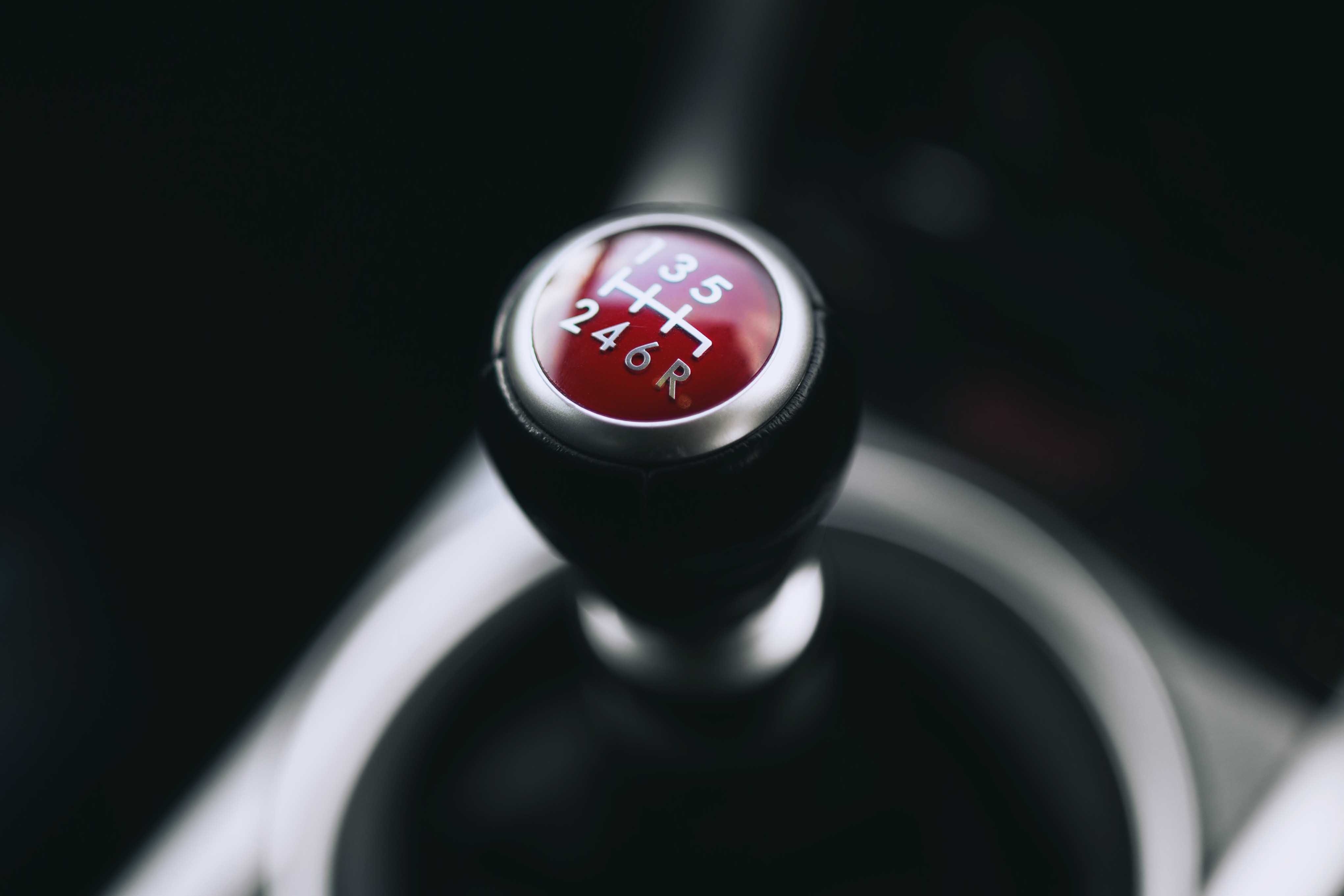Manual Shift Automatic Transmissions
- Manual Shift Knobs
- Manual Shift Cars 2016
- Manual Shift Utv
- Manual Shifting Techniques
- Manual Shifter Boot
Manual modes vary in detail, but most involve a separate area of the shift gate with joystick-style shift action between “+” (for upshifts) and “-” (for downshifts). A growing number of vehicles also offer shift paddles, which are mounted either on the steering wheel or behind it on the steering column, putting this. The stick shift hasn't yet gone the way of the T. Rex or saber-toothed cat, but it's definitely an endangered species. As of October 2019, just 1.2% of new cars sold for the year had manual.
- Used cars With Manual Transmission for Sale on carmax.com. Search new and used cars, research vehicle models, and compare cars, all online at carmax.com.
- A manual transmission makes you notice specific moments more: a tight curve (downshift to second), an uphill blast (wind it out to redline in third), or the presence of cheering kids waiting for.

Manual Shift Beard Balm is a beard conditioner and styler. It is a soft balm that tames and conditions the beard with flexible application for styling.

Manual shifting automatic transmissions are becoming a popular option on many different kinds of automobiles. The main reason that the popularity of this option is growing is because it helps sell cars.
Having the option to shift manually for one thing is cool. But for me what I like most about it is if I’m stuck in traffic I can just put it in standard drive. So you might say that the manual shift option combines the best of both worlds.
With a flick of the wrist he can downshift and perform some highway passing. Then when the traffic backs up you will not have to worry about operating the clutch and getting a cramped left leg when you are in one of those three-mile traffic backups.
On this page I’m going to discuss the ins and outs of this popular option. But keep in mind that not all electronically controlled transmissions even if they have the numbers below the drive letter are equipped to perform manual shifting.
Another thing I would like to mention is that after talking with drivers that have this option it is very seldom used during regular driving. And therefore even though a manual shifting automatic transmission is cool it probably should not determine whether you will purchase that model vehicle or not.
How Manual Shifting Works
Basically these systems allow the driver to up shift or downshift manually. Although this gives the driver some control over what gear they are in most of these systems have an override function that stops the driver from doing something crazy. For example, if you’re cruising at 50 miles an hour an attempt to select first gear the transmission won’t let you.
I should mention that not all manual shift automatics behave in the same way nor do they control the same things. Some of the more pure performance vehicles such as your porches with paddle shifters will let the driver make more decisions than let’s say your Chrysler auto stick installed in your Chrysler 300 that I will discuss a little further below.
Although these are marketed as the sports option and a hybrid combination of a manual and automatic transmission, keep in mind that besides the shifter it really is a standard automatic unit with a torque converter. Therefore the performance numbers are not really as good as the same automobile equipped with a straight up manual transmission.
Another interesting fact is that some car magazines in testing the performance of these manual shifting automatics actually turned in better performance times when the standard drive range was selected. It would seem that the transmission control module is more capable of performing the best possible shift at wide open throttle than a human being.
This was one of the first manual shifting automatic transmissions installed in a domestic vehicle. They created it to give Chrysler an advantage in selling cars. Originally the system worked a little different than the General Motors one that’s still available today.

On GM vehicles the shifter is moved to the right into a manual gate and then manipulated up and back to down shift and up shift. On the Chrysler auto stick the shifter can be moved left and right when in the standard drive mode. If you leave it alone it will shift automatically.
If you flick it to the right it will downshift one gear and if you flick it to the left it will up shift one gear. For 2015 the Chrysler auto stick also has a separate manual gate, but still moves left and right. This gives the driver more control of the shifting then the full auto mode. It makes drivers feel like part of the process, providing a stronger connection between man and car.
However, the transmission control module can override this during some conditions. If you select first gear and smash the pedal to the floor, when the vehicle reaches the red line it will not wait for you to select the next gear.
It will shift into second automatically to prevent engine and transmission damage. Another thing I learned about the Chrysler auto stick is that the feature will be automatically disabled when the transmission control module senses a problem or sets a diagnostic trouble code. It will also disable the manual shift function if some check engine light codes are set. For example if an engine high temperature code is set and also transmission temperature high, will also disable the manual shift feature.
Since you stopped by to read about transmissions you might be interested in this next page. It is the start page for this section of the you fix cars website and it discusses theory of operation and common problems with certain models. Here is a link to the automatic transmissions section.
Manual Shift Knobs
The homepage is a good place to stop if you’re interested in what else is covered on this do-it-yourself auto repair website. This next link takes you there from this page about manual shifting automatic transmissions.
Manual Shift Cars 2016
If you keep driving along in 1st gear, gradually picking up your speed, it won’t be long before your engine tells you it’s not happy. It will be loud, and the car will feel as if it’s straining. If you glance at the tachometer, you’ll see it’s high, maybe a little over 3,000 RPM, maybe a lot over. It’s time for shifting gears. Here are some tips for upshifting.
- Most of the time, you should be changing gear when the tach is somewhere between 2,500 and 3,000. Lower than that, and the engine will hesitate and possibly stall. Higher, and you’re putting undue strain on your engine.
- To complicate matters, you really ought to be looking at the road and not the tachometer. It’s OK to glance down, especially when you’re first getting a feel for the right shifting point. After all, even experienced drivers glance down at the speedometer. Eventually, however, you’ll want to recognize that the car is ready to be shifted.
- To shift into second gear, lift your foot from the gas pedal then disengage the clutch by pressing the clutch pedal to the floor. The action should be firm but not rushed. The RPM will drop and the car will slow, but only a bit.
- While the clutch is disengaged, move the gear stick from 1st to 2nd gear. This should feel like a two-step motion, first moving from first to neutral and then from neutral to second. If you have familiarized yourself with the gearbox in the car you’re driving, you won’t have to look at the shifter knob to do this.
- When the car is in second gear, release the clutch. Pull your left foot up smoothly but not too fast or jerkily. Gradually depress the accelerator pedal as your foot comes off the clutch pedal. It’s OK to release the clutch pedal entirely before you start to accelerate.
- It’s also acceptable to start giving the car throttle just before the clutch is completely engaged. Some drivers will “blip” the accelerator by giving it a brief, light push before the clutch pedal comes all the way up. The increases the RPM to get it close to what it’ll be when you accelerate in the next gear.
- Remember, the clutch has two plates that come together to connect the engine and the wheels. As you release the clutch pedal, you’ll feel a friction point as the plates come into contact just enough to move the car forward. It’s similar to the bite point you felt when you got the car rolling in first gear. At that point you can start applying the gas as you continue to release the clutch pedal.
- If you have the accelerator and clutch pedals pushed down too far at the same time, you’ll hear the engine race. That’s because the engine is working but the clutch isn’t engaged enough for most of its power to go to the wheels. Just release the clutch pedal the rest of the way and you’ll be fine. Release the clutch pedal in a smooth motion; don’t “pop” it.
Manual Shift Utv
Most novice stick shift drivers will make some rough transitions as they’re shifting up through the gears. They’ll shift too quickly and try to ram the shift lever into gear before the clutch pedal’s all the way down. They’ll go through the process too slowly, the car will slow too much, and it will jump when they finally press the accelerator.We’ve all seen movies where a driver stomps the clutch, slams the gear lever into a new gear and mashes the accelerator. It might look cool on the big screen, but it’s not the right way to shift gears.
Aim for asmooth transition.Every motion – the clutch pedal, the gas pedal, the shifter – should be confident but not rushed. Think of your passengers. Ideally, you’d like the change of gears to be so smooth that they barely notice it. Keep practicing and you’ll get there.

The process is the same for shifting from second to third, third to fourth and all the way up to fifth or sixth. It’s a little easier in the higher gears. You’re moving at a higher speed, and there’s more leeway to re engage the throttle and come back up to speed.
Manual Shifting Techniques

Manual Shifter Boot
When you’re moving from first gear toward your highest gear, there’s no reason to skip gears. No need to go from second to fourth or from third to fifth. It’spossible to do it, but you might struggle to get a car up to speed when the RPM are too low for the speed and the gear you’re in.